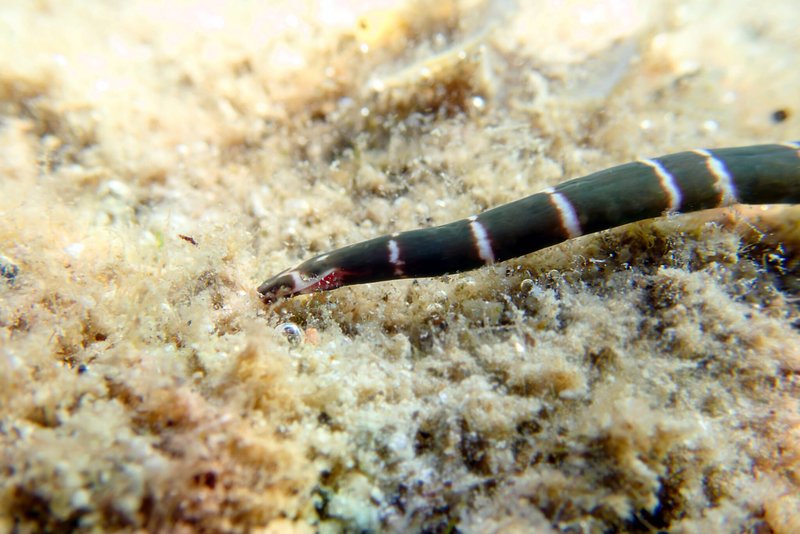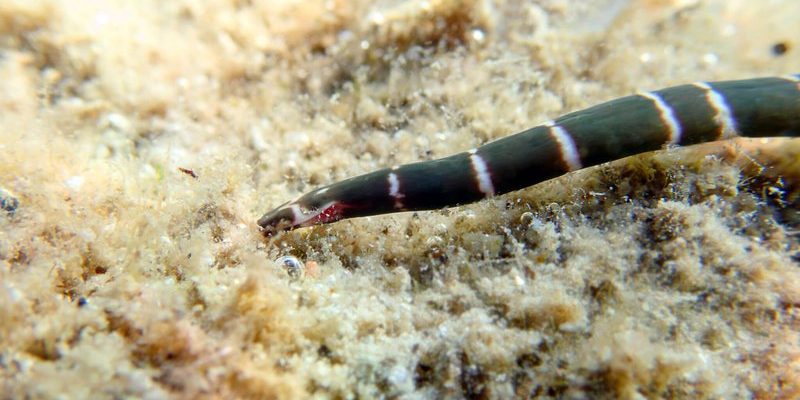
Imagine having a garden full of ribbon worms, just like you would with tomatoes or basil. They’d be ready at a moment’s notice for testing and study. As researchers dive deeper into their anatomy and behavior, it’s becoming increasingly clear that ribbon worms could unlock answers to various biological mysteries. So, let’s dig into the world of ribbon worms and explore their potential in research while considering what farming them could look like.
What Are Ribbon Worms, and Why Study Them?
First, let’s get to know ribbon worms a bit better. These fascinating animals belong to the phylum Nemertea. They’re marine creatures that range in length from a few millimeters to over 30 meters! Ribbon worms are unique in their structure and behavior, with a long, flat body that flows like a ribbon in the water. Not only do they capture prey using a specialized organ called a proboscis, but they also have impressive regeneration abilities.
So, why are researchers interested in ribbon worms? Well, their regenerative properties could provide insights into healing and tissue regeneration in humans. Imagine being able to study how a ribbon worm regrows its lost segments and applying that knowledge to medical science. Studying these creatures could lead to breakthroughs in regenerative medicine, biology, and ecology.
The Feasibility of Farming Ribbon Worms
You might be wondering, “How realistic is it to farm ribbon worms?” Great question! Farming any organism requires specific conditions and careful management. For ribbon worms, there are elements that make them both appealing and challenging to farm.
First off, ribbon worms are typically found in diverse marine environments. This means they have specific habitat needs, including saltwater conditions and stable temperatures. Farming them would likely require creating a controlled marine environment, mimicking their natural home as closely as possible. Honestly, it’s not as simple as throwing some seeds in the ground!
Setting Up a Controlled Environment
Creating the right environment for ribbon worms is crucial if we want to farm them successfully. Here are some basic considerations:
- Water Quality: Ribbon worms need clean, well-oxygenated saltwater. Maintaining this quality is essential for their health.
- Temperature Control: These creatures thrive in specific temperature ranges, so keeping the water consistently temperate is vital.
- Food Supply: Ribbon worms are carnivorous, preying on smaller organisms. Ensuring a steady food supply is key to their growth and reproduction.
Without addressing these factors, farming ribbon worms could quickly turn into a challenging endeavor.
Challenges and Considerations in Farming Ribbon Worms
Even with the right setup, there are hurdles to clear. One major issue is understanding the reproductive biology of ribbon worms. Many species have complex life cycles that can include multiple stages, and not all of them are well studied. This can make breeding them in captivity tricky.
Another consideration is their dietary needs. As mentioned, ribbon worms feed on smaller marine animals, meaning you’d need to maintain a mini ecosystem. This can raise concerns about sustainability and the feasibility of providing enough food for a farming operation.
Ethical and Environmental Factors
Farming ribbon worms also raises ethical questions. Scientists must consider the impact on local ecosystems and wild populations. If farming becomes extensive, it could affect natural habitats. Therefore, any research or farming endeavor would need to prioritize sustainability, ensuring that natural populations aren’t harmed while providing valuable insights for science.
Potential Applications of Researching Ribbon Worms
So, what can we actually achieve by studying ribbon worms? The potential applications are quite fascinating.
First, their regenerative capabilities could lead to advancements in treating injuries and diseases. Understanding how ribbon worms regrow lost body parts could inform regenerative medicine for humans. Plus, their unique nervous systems can offer insights into neurobiology, helping us better understand how nerve signals are processed.
Another exciting field is ecology. Ribbon worms play a role in their ecosystems, and studying their interactions can give us a deeper understanding of marine biology. This information could be crucial for conservation efforts, especially as we face significant environmental changes.
Collaborative Research Opportunities
As scientists explore the potential of ribbon worms, collaboration will be key. Researching these creatures offers opportunities for fields like genetics, developmental biology, and environmental science to work together. Imagine a team of marine biologists, ecologists, and medical researchers joining forces to unlock the mysteries these worms hold.
In conclusion, farming ribbon worms for research is a captivating idea with both potential and challenges. Their unique biology makes them a subject of interest for many scientific fields. While farming these creatures might require some careful planning to create the right habitat and address dietary needs, the rewards could be significant. By studying ribbon worms, we could open doors to advancements in medicine and ecology.
As research continues to grow, understanding whether ribbon worms can be farmed effectively is a question worth asking. With the right approaches, these remarkable creatures may just hold the key to solving some of today’s pressing scientific questions.

